Kazakhstan’s Constitution Turns 30: How It Has Changed and How It Compares to Neighbors
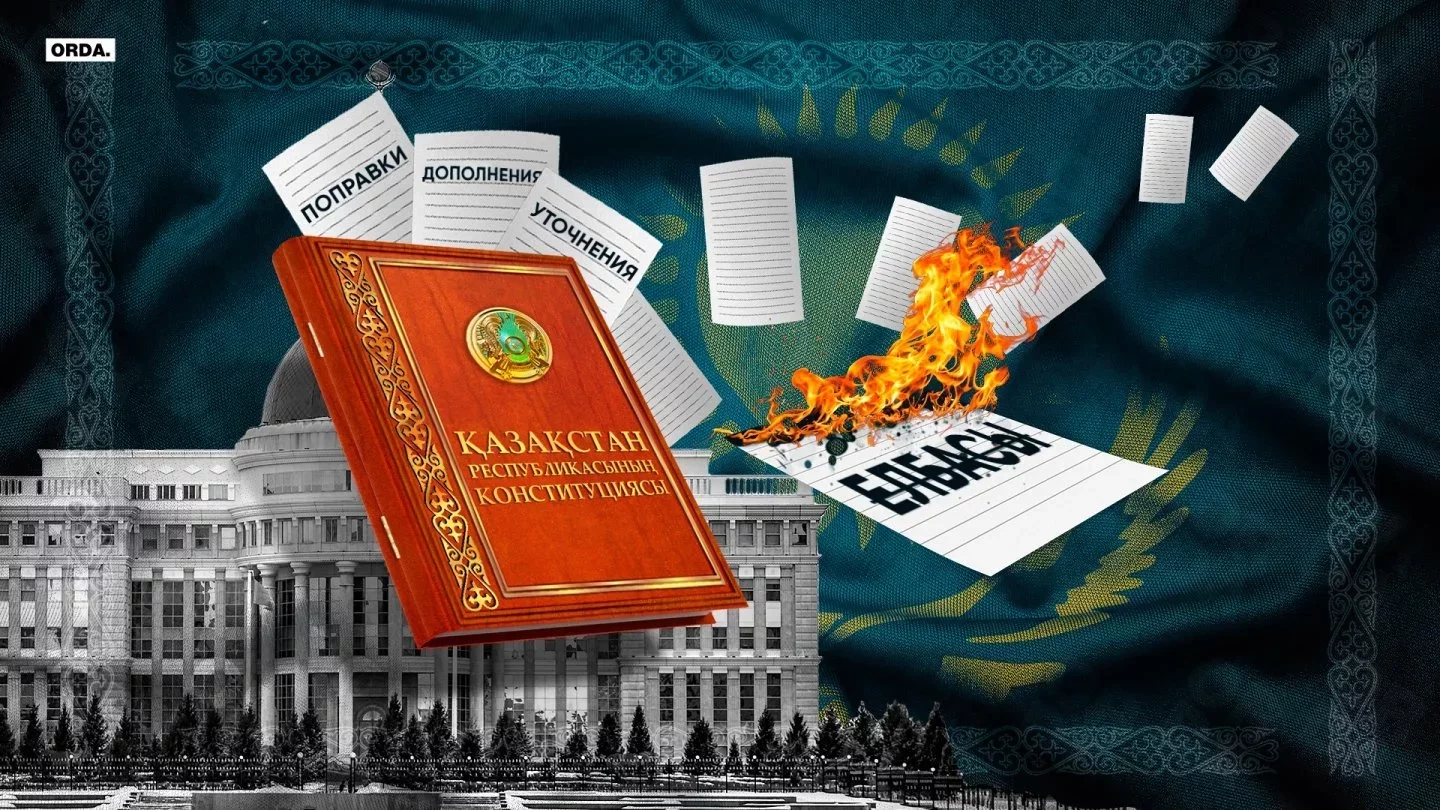 Photo: Orda
Photo: Orda
On August 30, 2025, the Constitution of Kazakhstan turned 30 years old. On this anniversary of the country’s basic law, Orda.kz reviews how the Constitution has “matured” and examines how it looks today compared to those of neighboring states.
The Law
Lawyer and human rights activist Yevgeny Zhovtis, founder of the Kazakhstan International Bureau for Human Rights, explains that the Constitution is both a law and a manifesto:
Constitutions were established in the 19th and 20th centuries as documents that are both a law and a declaration. They declare certain principles on which the state is built. How the people envision the state that they are creating on this territory, how they build their relationships with it, how they define their rights and freedoms. Therefore, all constitutions state that the source of power is the people and that their rights and freedoms are the highest value. And the main task of the state is to ensure and preserve these rights and freedoms.
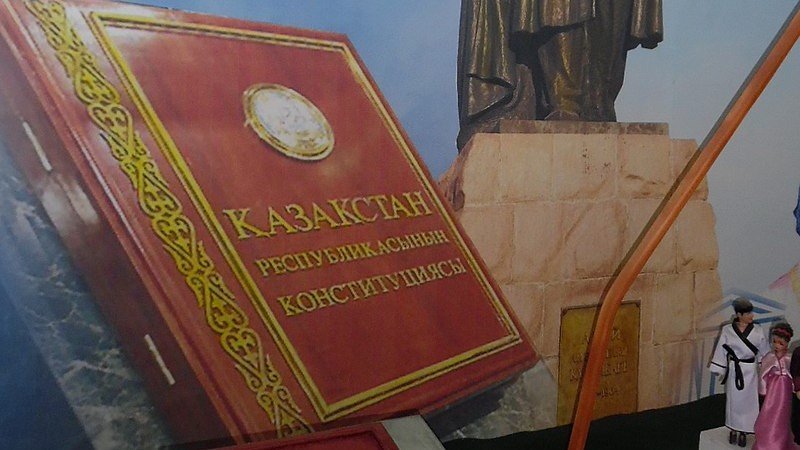
Authoritarian systems of power, however, allow states to overlook what is written in basic law:
I often cite the example of the ‘Stalin Constitution’ of 1936, which, in essence, contained a lot of good things. Or then the ‘Brezhnev Constitution’ of 1977 appeared. So what? Nothing. Under Stalin, people were repressed, under Brezhnev, dissidents were persecuted. That is, the Constitution, unfortunately, very much depends on whether the authorities have the political will to actually observe it, and not just have it as a declaration.
Zhovtis adds that when the state deems it necessary, constitutions can also be rewritten — as Kazakhstan’s has been many times.
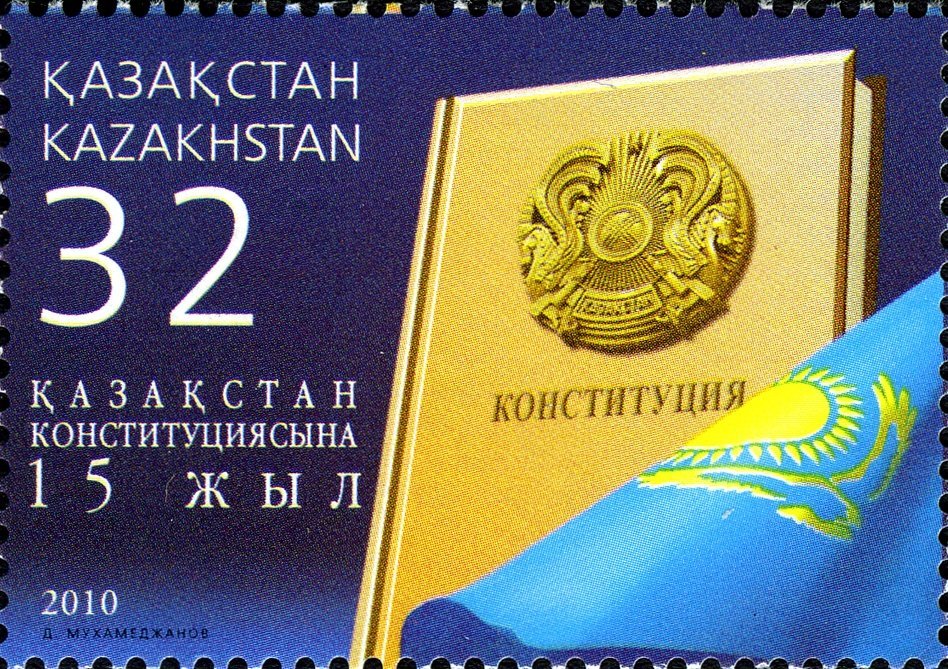
How Kazakhstan’s Constitution Changed
The first Constitution of independent Kazakhstan was adopted in 1993 at the 9th session of the Supreme Council. It consisted of four sections, 21 chapters, and 131 articles (not including the preamble). That version recognized Kazakh as the state language and defined Kazakhstan as a parliamentary republic headed by a president.
Although the 1993 Constitution is sometimes remembered nostalgically, it had flaws.
Notably, the powers of the executive and legislative branches were not properly delineated, leading to its replacement in 1995.
The Constitution of 1993, it seems to me, was more democratic compared to the Constitution of 1995. The second Constitution is already strictly authoritarian, if one can say so about the basic law. This is the Constitution of super-presidential power, where above the traditional branches of power —representative, legislative, executive and judicial — there is another constitutional branch, the presidential one, which deals with the coordination of the other branches. Although, in theory, the presidential power is related to the executive. But all this is built in such a way, and since 1995 this super-presidential republic has existed with us.
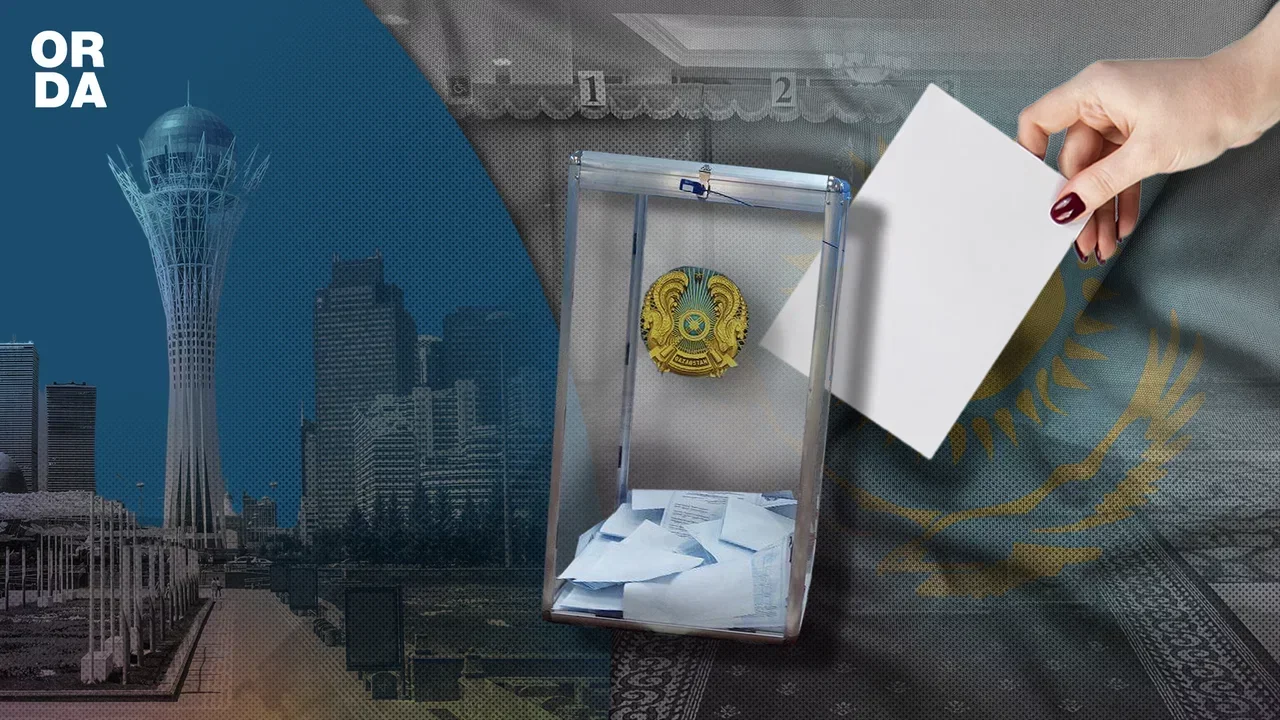
On August 30, 1995, a new Constitution was adopted through a nationwide referendum. More than three million citizens took part in discussions, submitting over 1,100 amendments and proposals.
Since then, the Constitution has been amended five times.
Key changes included:
- 1998 - Removal of the age limit for civil servants; changes to Majilis elections; extension of the presidential term from five to seven years; extension of deputies’ terms from four to six years; introduction of a 7% threshold for parties entering the Majilis; official introduction of jury trials; changes to the procedure for appointing akims.
- 2007 - The concept of “First President” was added, with the right to be elected more than twice in a row; presidential appointment powers were expanded; the government was made directly accountable to the president; maslikhats’ terms were increased from four to five years.
- 2011 - Amendments allowing early presidential elections.
- 2017- Legitimized the AIFC’s special legal regime; clarified grounds for stripping citizenship; restored parliamentary responsibility over the government; removed the government’s right to appoint heads of central bodies; altered requirements for judges. Article 91 was also amended to include Nursultan Nazarbayev as “Elbasy,” the founder of independent Kazakhstan.
- 2019: The capital was renamed from Astana to Nur-Sultan. This was later reversed.
- 2022: In a referendum, 77% supported amendments reducing presidential powers, abolishing the death penalty, reviving the Constitutional Court, enshrining the principle that “subsoil belongs to the people,” and removing articles about the First President and the title “Elbasy.”
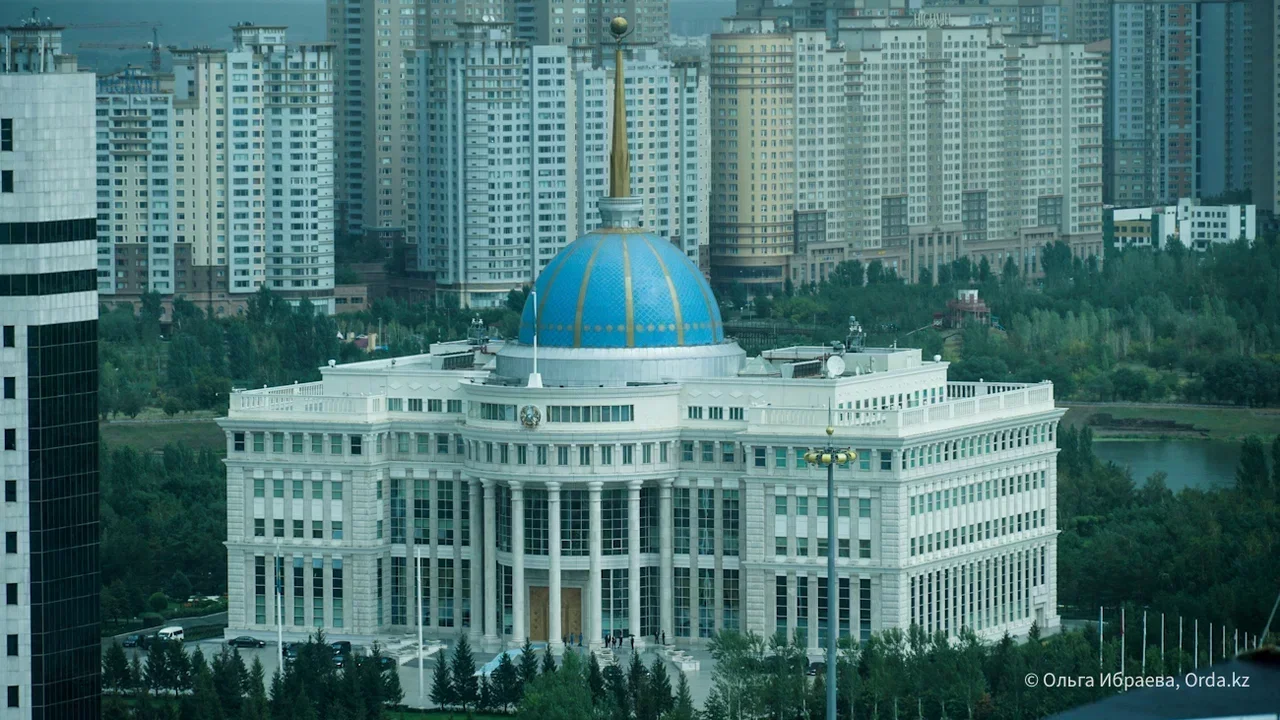
Zhovtis called the latest reforms a serious step:
We can recall the recent changes. This is, of course, a very serious step—the exclusion of the death penalty from the Constitution, the restoration of the institution of the Constitutional Court, the granting of constitutional status to the Human Rights Commissioner. It contains guarantees of political rights and civil liberties. But, unfortunately, in practice they are limited to a fairly serious extent, and nothing can be done about it.
Still, calls are sometimes heard for yet another rewrite.
Without democratization, critics argue, even the best Constitution is just a political tool rather than a true guarantor of rights.
Neighboring Countries
Zhovtis notes that nearly all Central Asian states, as well as Azerbaijan, Belarus, and Russia, have well-drafted constitutions that meet international standards — but authoritarian governance regularly undermines them.
For an authoritarian state, it doesn’t matter what is written in the Constitution, where the rights and freedoms are guaranteed — to association, to peaceful assembly, to expression of opinion, to freedom of religion and political participation. In practice, all this is very poorly observed.
Recent years have seen many neighbors amend their constitutions to reset presidential terms and allow indefinite reelection.
Russia: amendments in 2008 (extended terms for president and Duma), 2014 (expanded presidential powers), and 2020 (reset Vladimir Putin’s terms, strengthened control over courts, allowed presidents to become lifelong senators, and added references to “faith in God” and marriage as “a union of a man and a woman”).
Kyrgyzstan: Multiple rewrites from 1993 through 2016, often tied to political upheaval. The current Constitution, adopted in 2021, remains in force.
Turkmenistan: Eight amendments since 1992, including extending the presidential term to seven years, removing age limits, and creating a bicameral parliament.
Uzbekistan: In 2023, two-thirds of the Constitution was rewritten, extending presidential terms to seven years, resetting terms for the current president, and officially declaring Uzbekistan a “social state.”
Original Author: Nikita Drobny
Latest news
- High-Profile Corruption Trial Nears Conclusion in Shymkent
- Hockey Club Employee in Northern Kazakhstan Faces Fraud Charges Over Player Passports
- Armenia: Archbishop Mikael Ajapahyan Sentenced to Two Years in Prison
- Drones Target Oil Refinery in Russia’s Orenburg Region
- Trial Date Set for Businesswoman Accused of Inciting Ethnic Discord
- Toqayev Orders Acceleration of Torgay–Irgiz Highway Project
- Kazakh Scary Tales: Yerzhanov’s Dark Spin on Folklore
- Russia-Linked Shadow Fleet Tanker Resumes Voyage After French Detention
- Kazakhstan Listed Among Supporters of Trump’s Gaza Peace Plan
- How a Young Woman's Death Ignited Demands for Capital Punishment in Kyrgyzstan
- Yedige Bi: 15th-Century Manuscript Digitized
- Report: Over a Quarter of Migrant Workers in Kazakhstan Lack Official Work Registration
- U.S. Unlikely to Send Tomahawks to Ukraine, Focus on Shorter-Range Systems — Reuters
- Boranbayev Withdraws Petition to Ease Restrictions
- Toqayev Meets OPEC Secretary-General
- Major Oil Smuggling Trial Concludes in Mangystau Region
- Kadyrov Calls for Tribunal Against Deputy Amid City Renaming Dispute
- Uzbekistan and Russia Discuss Migration Policy Improvements at Tashkent Roundtable
- How Realtors and Notaries Help Cybercriminals Seize Apartments in Almaty
- Kazakh Pensioner Swims the Bonifacio Strait Between Corsica and Sardinia

